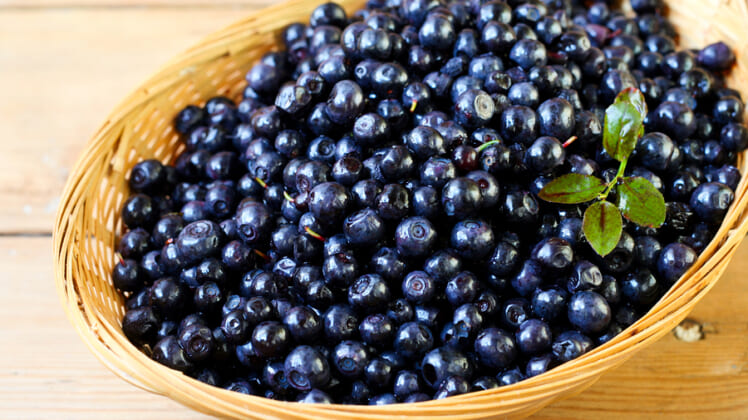
Looking for last minute tips on how to spruce up your healthy offerings at this year’s Super Bowl party? Here’s one you may not have considered: bilberries. Bilberries are also known as wild blueberries, whortleberries, and European blueberries. They are not the same as the common commercial American blueberry that we are used to seeing. Wild bilberries grow on small shrubs at the Northern Hemisphere in places such as Scandinavia or the Nordic countries. The dried berries and leaves of these shrubs have been used since the 16th century. These wild berries are slightly smaller than cultivated blueberries and delivers just as much if not more nutritional benefits than the larger, regular blueberries.
Recent Research Indicates
For the first time ever, the University of Eastern Finland has found bilberries to have beneficial effects on nutrition-derived inflammatory responses as well as blood pressure. When it comes to diseases related to obesity, they are often associated with elevated blood pressure and low-grade inflammation. Optimistically, this study concludes that eating bilberries diminishes the adverse effects caused by eating a diet high in fat.
The study was done on mice fed high-fat diets for three months. Its focus was to identify any health effects of bilberry intake on the mice during this period. Some of the mice’s diets consisted of either 5% or 10% of freeze-dried bilberries. Measurements taken by the researchers included inflammatory cell and cytokine levels, systolic blood pressure, glucose tolerance, insulin sensitivity, and weight gain.
The results show that the high-fat diet mice gained significant weight, and had detrimental changes in glucose and lipid metabolism. The inflammation factors and blood pressure were also adversely affected. However, the inclusion of bilberries proved to have several advantageous effects in response to the high-fat diet. An altered cytokine profile as well as a reduced relative prevalence of T-cells that support inflammation suggested that the high-fat diet’s proinflammatory effects were lessened.
Bilberries vs. Blueberries
This study just further proves the numerous health benefits of this superberry. The levels of polyphenols and anthocyanins in bilberries are considerably higher than that of commercially cultivated blueberries. The anthocyanins and antioxidants in bilberries as well as blueberries provide eye health and protect your cells against oxidative damage from free radicals. Cancer, neurological diseases, diabetes, and fibrocystic disease are some of the other conditions in which wild bilberries have demonstrated potential health effects against. If you are interested in making bilberries an addition to your party menu or regular diet, bilberry products can be found fresh, frozen, dried, or powdered.
